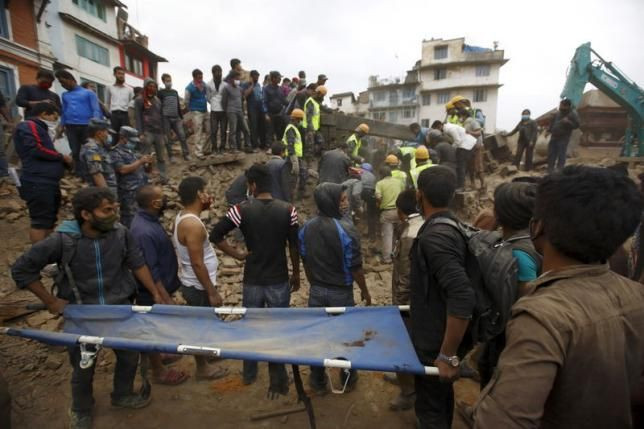Himalayan belt could be hit by a massive 8.2 magnitude earthquake soon, several countries at risk

The Himalayan region in the Asian continent is at a risk of a massive earthquake which could measure as high as 8.2 on the Richter scale. The warning has been made by the Union home ministry's disaster management experts in India.
The three recent earthquakes in Sikkim 6.9 (2011), Nepal 7.3 (May 2015) and Manipur 6.7 (Jan 2016) can be attributed to the tectonic shift in the area. According to the experts, these three earthquakes have re-ruptured the Himalayan plates, which were already damaged as a result of the previous earthquakes in the area. The appearance of further cracks in the plates could trigger a series of earthquakes, which could go up to 8.0 magnitudes.
The increase earthquake risk around the "ring of fire garlanding the entire north India, especially the mountains" was recently discussed at a meeting organised by the Centre in Indian state of Arunachal Pradesh, reports The Times of India. The meeting saw participation of policy-makers from 11 different hill states who collaborated to form a single building code for mountains.
An official from National Institute of Disaster Management (NIDM) said that interconnected plates across several nations, including India, Myanmar, Nepal and Bhutan, are at an increased risk of the predicted danger.
Roger Bilham, a seismologist from the University of Colorado also predicts the same fate for the earthquake-prone Himalayan region.
"The current conditions might trigger at least four earthquakes greater than 8.0 in magnitude," said Bilham, in a statement. “And if they delay, the strain accumulated during the centuries provokes more catastrophic mega earthquakes."
Meanwhile, the UN office for disaster risk reduction (UNISDR) believes that it is important for India to make sure that the region complies with the building codes. In addition, it says that the country requires an additional and advanced preparedness for a quick and effective response to earthquakes.





















